In its most visual form, a landscape is an outdoor environment with an ever-changing design that a human put considerable thought and imagination into in order to improve the quality of a space. Usually, the design decisions intend to evoke a reaction from those who view it and have its own lifecycle with inception, blooming, changing, dying away, and eventually being redesigned again with an entirely different aesthetic. Risk management within the fraternity and sorority industry is just like an outdoor landscape. It has for years been present in our work and shapes what we do. The term itself evokes lots of emotions, and now, we are at a pivotal time of redesigning our approach to how risk management works within the current context of the industry.
I know, as many of you read this, you will say out loud, “But we have shifted; we now do prevention work.” True. In the last ten years, the industry has made strides toward a more prevention-based model; however, there is an important part of this new prevention landscape design that continues to be missing – an actual formalized knowledge of prevention theory, health communication, and intervention evaluation. Regardless of pandemic public health expertise, this educational gap of prevention in our field is logical, as many of us have come from higher education programs, which often lack any education around prevention theory and practice, which is becoming more central to the role of the fraternity and sorority professional.
Within this article, I plan to address ways in which fraternity and sorority professionals can begin to equip themselves with more formalized knowledge of prevention strategies. We should be challenged to grow from programmers of risk prevention workshops – which are valuable – towards true robust prevention practitioners. I hope you can use this article to guide your professional development in the areas of risk prevention.
First, ask yourself the question of what is your motivation and goal for what you want to achieve from your prevention approach. Developing a philosophy or why behind your work is often an overlooked step, but it will frame your interventions and messaging within the prevention space. Do you want to intervene to educate? Change behavior? Call others to action? Whatever the purpose, ground the intervention action within your philosophy. As a current prevention professional, it is common to hear professionals have moved away from abstention-based programming or messaging. But in many cases, there is still a strong rationale for abstention-based programs — specifically around topics like hazing, bullying, and intimate or domestic partner violence. I think what we actually mean is we are eliminating our abstinence-only education around alcohol, drugs, or sex. Your prevention philosophy – the greater why — will ground your approach and create an intentional rationale for planned interventions.
Second, when you design intervention strategies, do you actually know how to ground the intervention in theories or designs that are common to health promotion or public health? For the purpose of this article, intervention strategies are the designed programs, screenings, campaigns, referrals, etc., that are used to intervene with individuals or groups to change their behavior. In our field, interventions are often referred to as broad programming, which often means a speaker or workshop, but there is so much more to consider here, which I will address later. The prevention field is a brilliantly interdisciplinary field that leans on frameworks from many other disciplines to shape its work and theories. I have attended many conference sessions or virtual programs where professionals reference the socio-ecological model (Brofenbrenner, 1977) — a wonderfully useful tool when applied in our industry but also just one theory to call upon. Familiarize yourself with other theories, such as the health belief model (Becker & Maiman, 1975), theory of planned behavior (Ajzen, 1991), transtheoretical model/social change models (Prochaska & DiClemente, 1982), and social cognitive theory (Bandura, 1986) at a minimum. By increasing your knowledge of theories within the public health field, you will understand and design new ways or interventions to achieve your goals which are also aligned to your prevention philosophy. Seek out professional opportunities to engage in formalized knowledge or certificates in this space, whether it is auditing a course on this topic on your campus or participating in a program like MJ Insurances Public Health Promotions Course.
Third, we must rip the Band-Aid off as an industry and accept that relying on programs or speakers will likely not work as a means of strong interventions when assessed within a prevention framework. Programs and speakers can be helpful as a means to start a general understanding of a topic, but that is usually where the impact stops. In the work we do, we want to intervene or prevent, not program. The fraternity and sorority industry sometimes lacks creativity in stretching the bounds of interventions used within prevention strategies and grounded within various theories outlined above. Programs and keynotes are often the least likely used prevention approach, especially when you take our adult learners in mind. Adult learning theory posits that adult learners prefer the application of skills and practical solutions to problems over lectures and didactic educational offerings (Brookfield, 2015). Familiarize yourself with the bevy of different intervention strategies that often are little to no cost, such as attitude or behavioral screening, coalition-building work, social media health campaigns, and collaboration. Work with your prevention offices on your campus or within agencies in your communities to understand how these work and what partnerships can look like to generate impact. Those of you attending the upcoming Annual Meeting, please join me in a session I am leading on implementing health intervention strategies within our field. When you call upon speakers and experts to come in, challenge them to turn the program into practice or think about hiring them as a consultant, not just a speaker. They should engage in issue identification, education to address the issue, analysis on whether it was addressed, and redesign for continued or further interventions – oh, and how it can be aligned to your philosophy. That is holistic prevention.
This work requires continuous diligence, meticulous small-detail and big-picture attention, and ultimately patience – all things a beautifully designed outdoor landscape would need to grow and develop over the years beyond its initial planting. The time is now to plant new seeds, friends. Own your knowledge development of prevention work, whether you do it or oversee it, and take the time to grow in this space. I will leave you with a quote from Taylor Swift of the public health world (at least to me), Dr. Leana S. Wen: “Public health depends on winning over hearts and minds. It’s not enough to just have a good policy, you have to convince people to actually follow it.”
About the author:
Will Frankenberger serves Delta Zeta as the Chief Learning Officer overseeing all learning experiences from leadership development to health and wellness offerings. Will speaks and presents on various health topics including, conflict management, mental health and wellness, Mental Health First Aid and women’s relational aggression (mean girl behavior), and also works as a consultant for MJ Insurance, Sorority Division helping sororities design strong prevention initiatives. Will’s formalized education includes a Master’s in Adult Education and Public Health. He currently is completing his Ph.D. coursework at Kansas State University. Will is an active volunteer within AFA and AFLV and lives in Charleston, SC.
References
Ajzen, I. (1991). The theory of planned behavior. Organizational Behavior and Human Decision Processes, 50(2), 179–211.
Bandura, A. (1986). Social foundations of thought and action: A social cognitive theory. Prentice-Hall.
Becker, M. H., & Maiman, L. A. (1975). Sociobehavioral determinants of compliance with health and medical care recommendations. Medical Care, 134(1), 10-24.
Brookfield, S. (2015). The skillful teacher. Jossey-Bass.
Bronfenbrenner, U. (1977). Toward an experimental ecology of human development. American Psychologist, 32(7), 513–531.
Prochaska, J. O. & Di Clemente, C. C., (1982). Transtheoretical therapy: Toward a more integrative model of change. Psychotherapy: Theory, Research and Practice, 19(3), 276-288.



